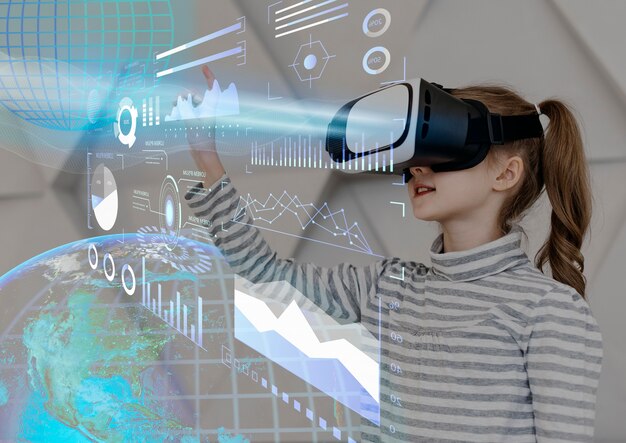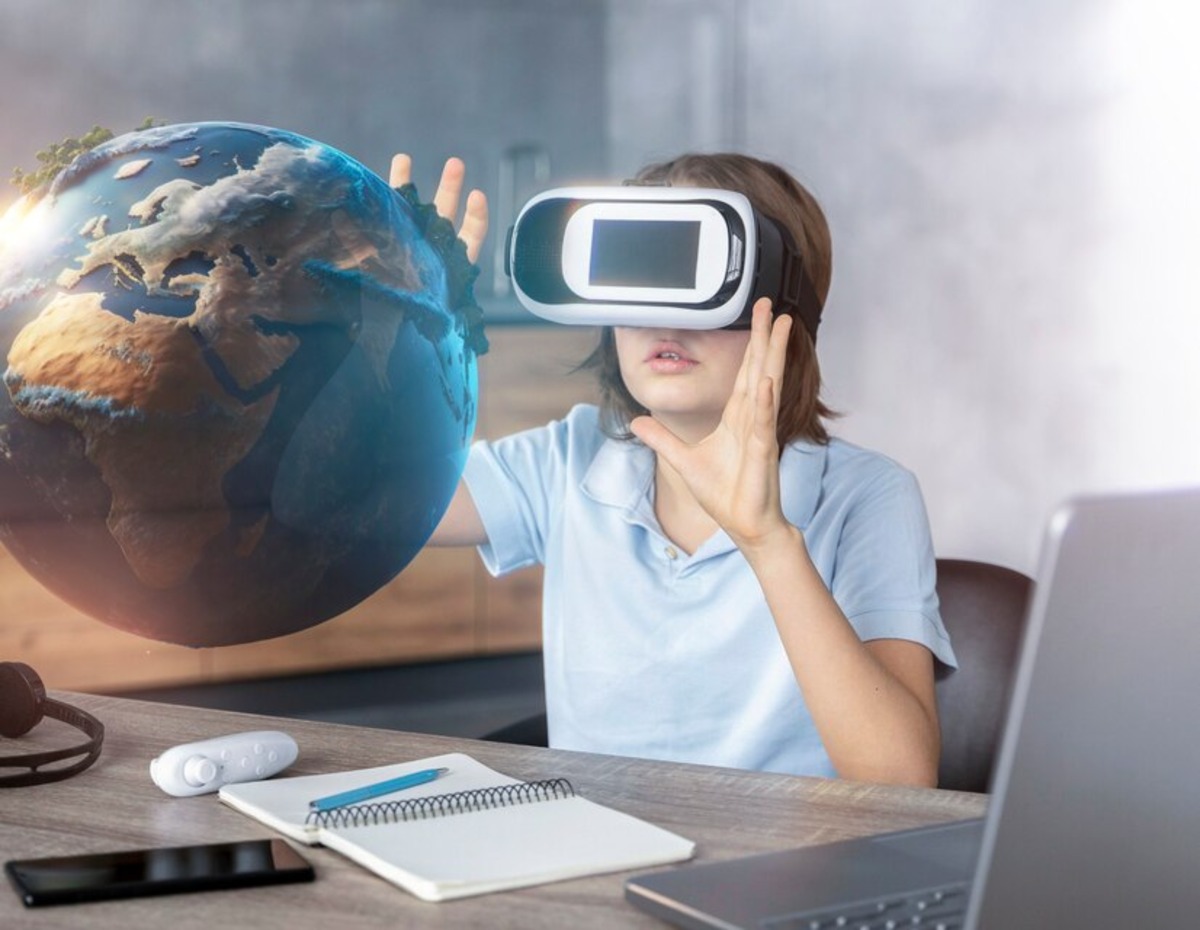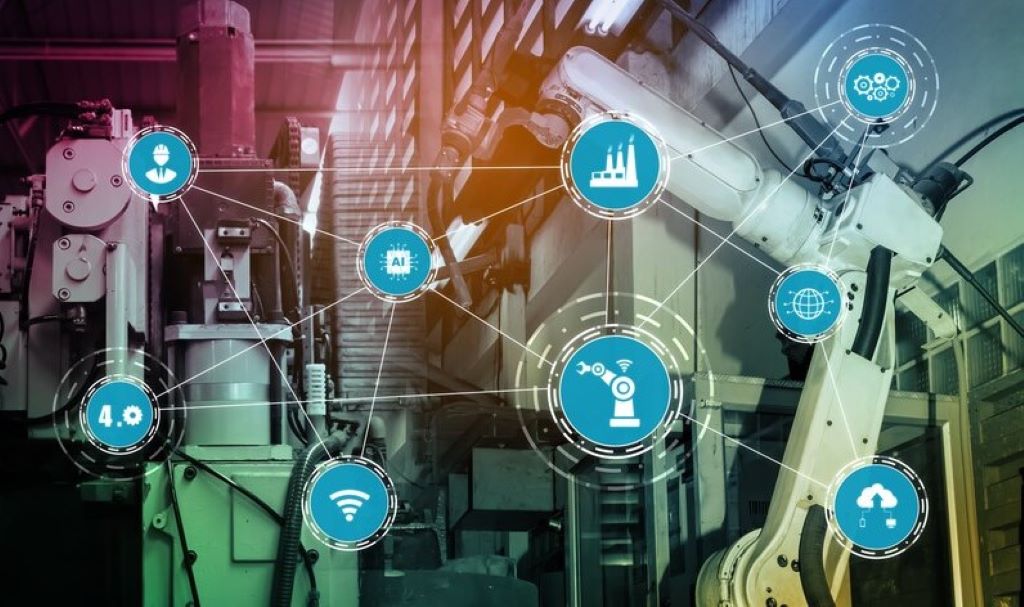In the vast landscape of technological innovation, the future is not just imminent – it’s being shaped right now. As we navigate the digital frontier, a myriad of tech trends is defining the trajectory of our collective technological journey. From artificial intelligence (AI) to quantum computing, each trend brings its own set of promises and challenges. In this exploration, we delve into the intricacies of these tech trends and their transformative impact on the future.
1. Artificial Intelligence (AI) Revolution:
At the heart of the tech revolution lies Artificial Intelligence, a force reshaping the very fabric of our digital existence. AI, once a concept confined to science fiction, is now an integral part of our daily lives. From voice-activated virtual assistants like Siri and Alexa to sophisticated machine learning algorithms, AI is permeating diverse industries.
AI’s application extends far beyond the consumer realm. In healthcare, predictive analytics powered by AI is revolutionizing diagnostics and treatment plans. AI-driven algorithms analyze vast datasets, identifying patterns that human eyes might miss, leading to more accurate diagnoses and personalized medicine.
In finance, AI is optimizing trading strategies, fraud detection, and customer service. Algorithms process massive amounts of financial data in real-time, making split-second decisions that can impact markets globally. The efficiency gains are undeniable, but the ethical considerations of AI in finance are a topic of ongoing discussion.

As AI continues to evolve, the ethical implications become more pronounced. Concerns about job displacement, biased algorithms, and the potential misuse of advanced AI technologies are challenges that society must navigate as we tread the path toward a future shaped by intelligent machines.
2. 5G Connectivity Unleashed:
The rollout of 5G networks marks a significant leap in connectivity, promising speeds and capabilities that were once deemed futuristic. The fifth generation of wireless technology brings unparalleled data transfer rates, reduced latency, and the capacity to connect an unprecedented number of devices simultaneously.
The implications of 5G extend beyond faster downloads and smoother streaming. The technology serves as the backbone for the Internet of Things (IoT) revolution. Smart cities, autonomous vehicles, and interconnected devices in homes and industries are becoming a reality, fueled by the reliable and high-speed connectivity that 5G provides.
As the digital landscape becomes more intricate, the demand for robust and secure networks intensifies. Cybersecurity concerns associated with 5G, such as potential vulnerabilities and increased attack surfaces, are challenges that need to be addressed as we navigate the digital frontier.
3. Cybersecurity in the Spotlight:
In a world increasingly reliant on digital connectivity, the importance of cybersecurity cannot be overstated. The rapid digitization of businesses and personal lives has elevated the risk of cyber threats. From ransomware attacks to data breaches, the consequences of inadequate cybersecurity measures can be severe.
The evolution of cybersecurity is a constant race between defenders and attackers. While innovations in encryption, biometrics, and AI-driven security systems are crucial, the human element remains fundamental. Cybersecurity conferences play a pivotal role in advancing awareness, education, and proactive risk mitigation. These events bring together experts to share insights and best practices, empowering organizations and individuals to navigate the digital landscape securely.
4. Rise of Augmented Reality (AR) and Virtual Reality (VR):
Augmented Reality (AR) and Virtual Reality (VR) are not just buzzwords; they are transformative technologies reshaping how we interact with the digital world. AR overlays digital information onto the physical environment, enhancing real-world experiences. VR, on the other hand, immerses users in a completely virtual environment.
The applications of AR and VR span various industries. In gaming, these technologies provide immersive and interactive experiences, blurring the lines between the virtual and real worlds. In education, AR and VR open new possibilities for interactive learning, allowing students to explore historical events, scientific concepts, and virtual environments.

In healthcare, surgeons use AR to visualize medical data during procedures, enhancing precision and decision-making. VR finds applications in therapy and rehabilitation, providing simulated environments to aid patients in their recovery.
Despite their potential, AR and VR technologies are still evolving, with challenges such as hardware limitations, content creation, and user acceptance to overcome. As these technologies mature, their impact on entertainment, education, and healthcare is poised to become even more profound.
5. Sustainable Tech Solutions:
As the world grapples with environmental challenges, technology is emerging as a powerful ally in the pursuit of sustainability.
From renewable energy solutions to eco-friendly tech practices, the tech industry is actively contributing to a more sustainable future. Docking stations for laptops are another innovative addition to this landscape, promoting efficient workspace organization and reducing the need for multiple devices.
As the tech industry pioneers sustainable solutions, docking stations for laptops emerge as a key player. These stations not only streamline workspace organization but also enhance energy efficiency, providing a sustainable alternative to traditional desktop setups.
Sustainability in tech is not just a trend; it’s a necessity. As consumers become more environmentally conscious, the demand for sustainable tech solutions is likely to drive innovation and shape the industry’s future trajectory.
6. Edge Computing for Real-Time Processing:
The demand for real-time data processing is pushing the rise of edge computing. Traditional cloud computing, while powerful, introduces latency due to the physical distance between the user and the data center. Edge computing brings computation closer to the data source, reducing latency and enhancing the efficiency of applications that require real-time processing.
Edge computing finds applications in various domains, including the Internet of Things (IoT), healthcare, and autonomous vehicles. In IoT, edge computing enables devices to process data locally, reducing the need for constant communication with a centralized cloud server. This not only improves response times but also reduces the strain on network bandwidth.
In healthcare, edge computing facilitates real-time analysis of patient data, enabling timely interventions and personalized treatment plans. In autonomous vehicles, edge computing plays a crucial role in processing sensor data on-board, ensuring rapid decision-making for safe navigation.
While edge computing offers significant advantages, challenges such as security, standardization, and scalability must be addressed as the technology becomes more pervasive.
7. Quantum Computing:
Quantum computing represents a paradigm shift in computational power. Unlike classical computers that use bits, quantum computers use qubits, allowing them to perform complex calculations at speeds unimaginable by classical standards. While still in its early stages of development, quantum computing holds the potential to revolutionize various fields.
Quantum computers excel at solving certain types of problems, such as optimization tasks and cryptography challenges, that are practically insurmountable for classical computers. Industries ranging from finance to healthcare stand to benefit from the computational capabilities of quantum computers.
However, the road to practical quantum computing is fraught with challenges. Quantum systems are highly susceptible to external disturbances, and maintaining the delicate quantum state, known as coherence, is a formidable task. Overcoming these challenges requires advancements in quantum error correction and the development of scalable quantum hardware.
As quantum computing progresses, its impact on industries and society is likely to be transformative, opening new frontiers in computational capabilities and problem-solving.
8. Blockchain Beyond Cryptocurrency:
Originally introduced as the underlying technology for cryptocurrencies like Bitcoin, blockchain has evolved into a versatile tool with applications far beyond digital currencies. At its core, blockchain is a decentralized and secure system of recording information, making it tamper-proof and transparent.
In supply chain management, blockchain ensures transparency and traceability, allowing stakeholders to track the journey of products from manufacturing to delivery. This not only reduces the risk of fraud but also enhances efficiency by streamlining processes.
In healthcare, blockchain secures patient records, providing a decentralized and immutable ledger of medical history. This ensures data integrity and patient privacy while facilitating seamless and secure sharing of information among healthcare providers.
Blockchain’s potential to revolutionize voting systems is gaining attention. The decentralized nature of blockchain can enhance the integrity of electoral processes by preventing tampering and ensuring the accuracy of results.
While blockchain adoption is growing, challenges such as scalability, interoperability, and regulatory frameworks need to be addressed for its widespread integration into various industries.

Conclusion:
In this era of unprecedented technological advancement, the journey through the digital frontier is marked by an ever-accelerating pace of innovation. The tech trends shaping the future are not isolated phenomena but interconnected forces driving a collective transformation. As we navigate this landscape, adaptability, awareness, and a collaborative approach are essential.
Artificial Intelligence, 5G connectivity, cybersecurity, augmented and virtual reality, sustainable tech solutions, edge computing, quantum computing, and blockchain represent waypoints on this journey. Each trend brings opportunities and challenges, and understanding their implications is crucial for individuals, businesses, and society at large.
The ethical considerations surrounding these technologies underscore the need for responsible development and usage. As we witness the unfolding of the digital future, fostering a tech-literate society that values inclusivity, privacy, and sustainability becomes imperative.
In navigating the digital frontier, the key lies not just in embracing change but in actively shaping it. The convergence of these tech trends is forging a future where innovation is boundless, and our capacity to explore the uncharted territories of technology knows no bounds. As we embark on this tech-driven odyssey, let curiosity be our compass, and let the digital frontier be a canvas where we collectively paint the masterpiece of our technological destiny.



